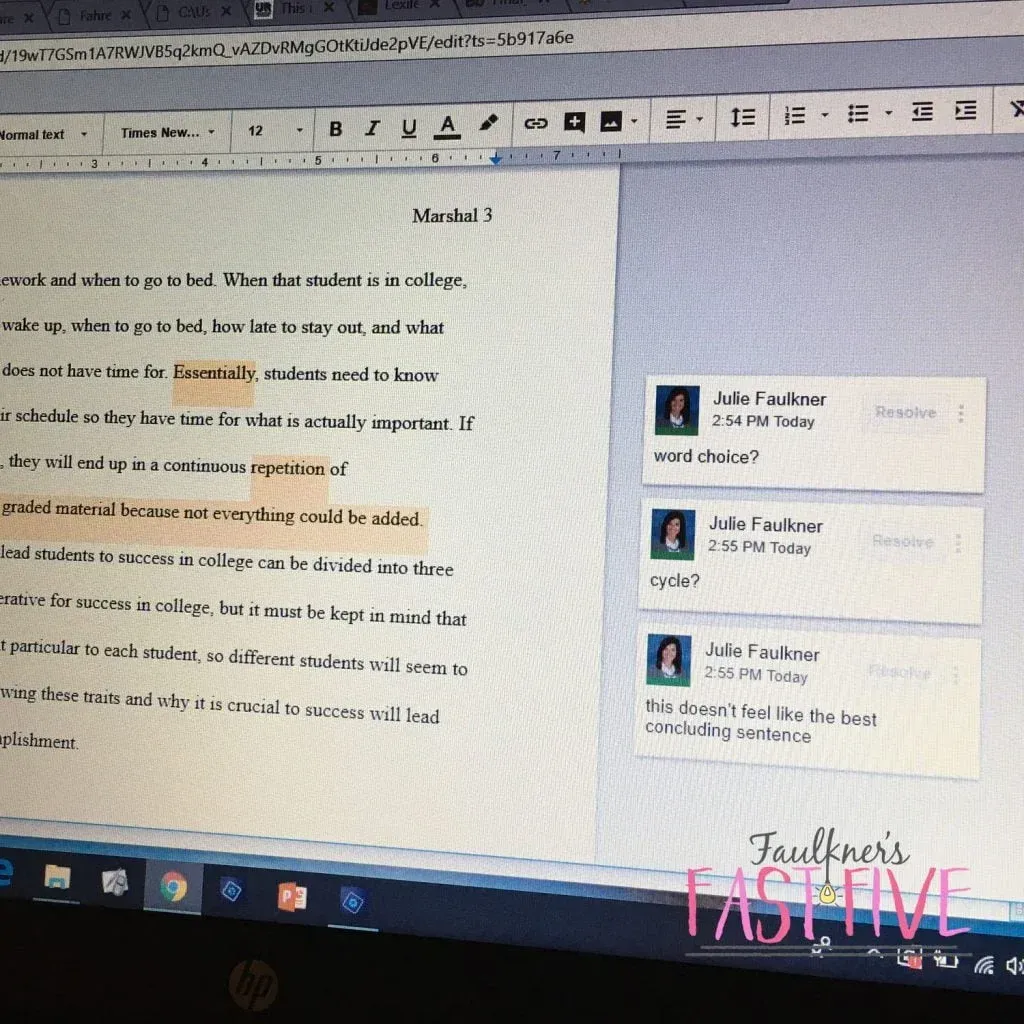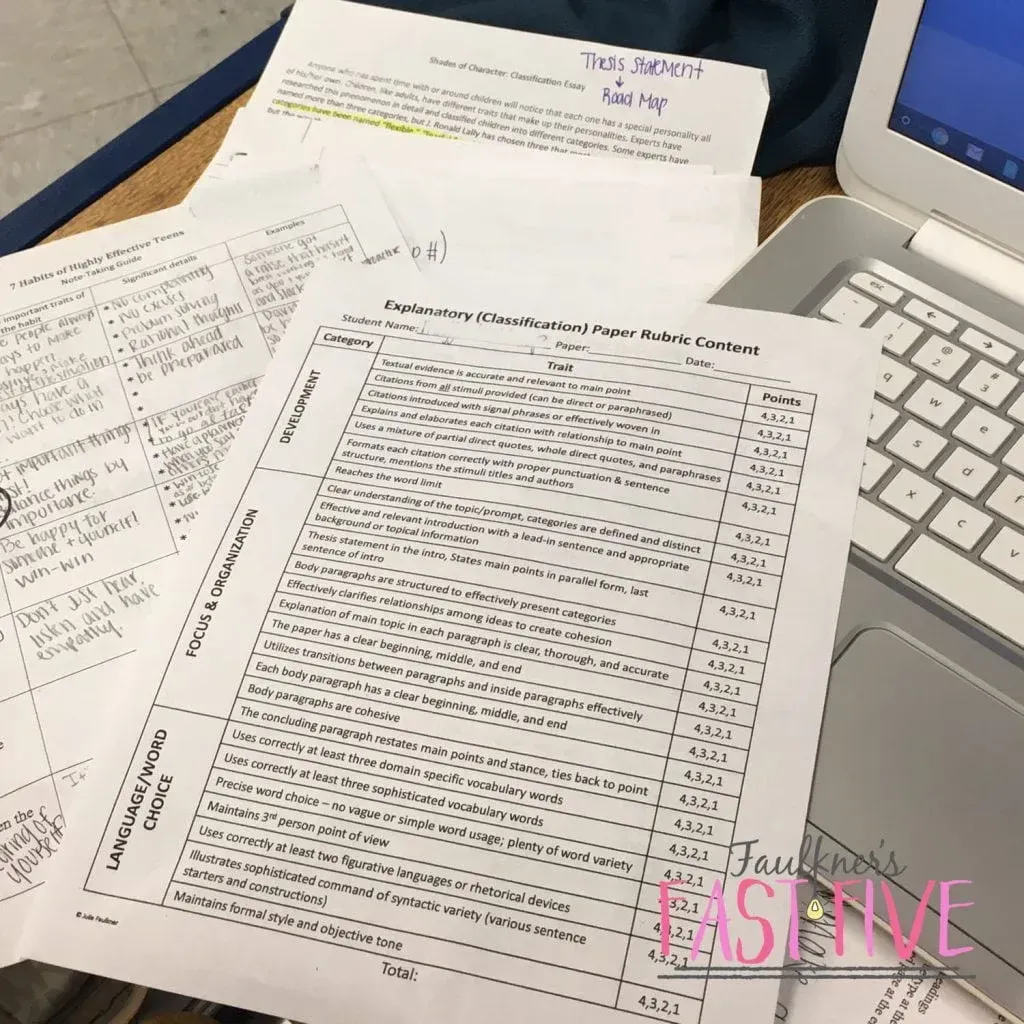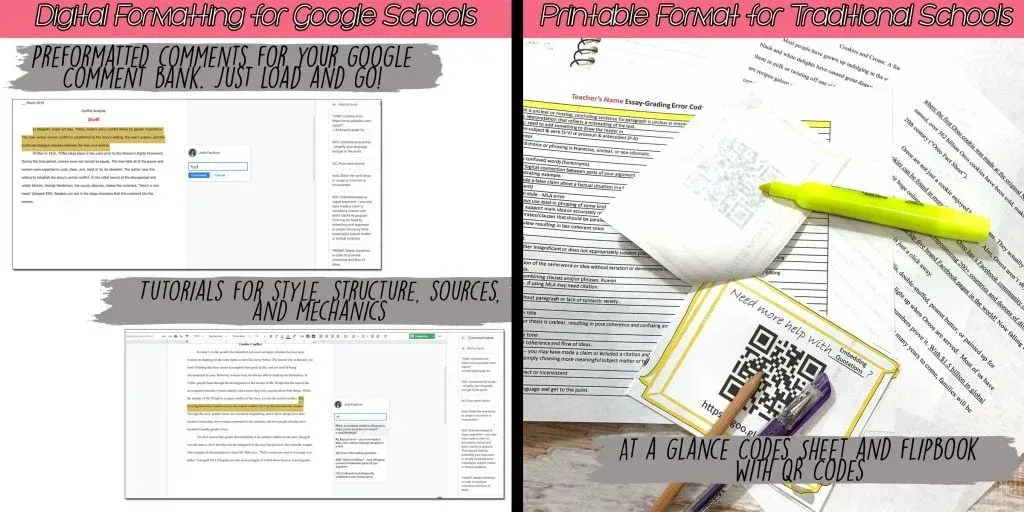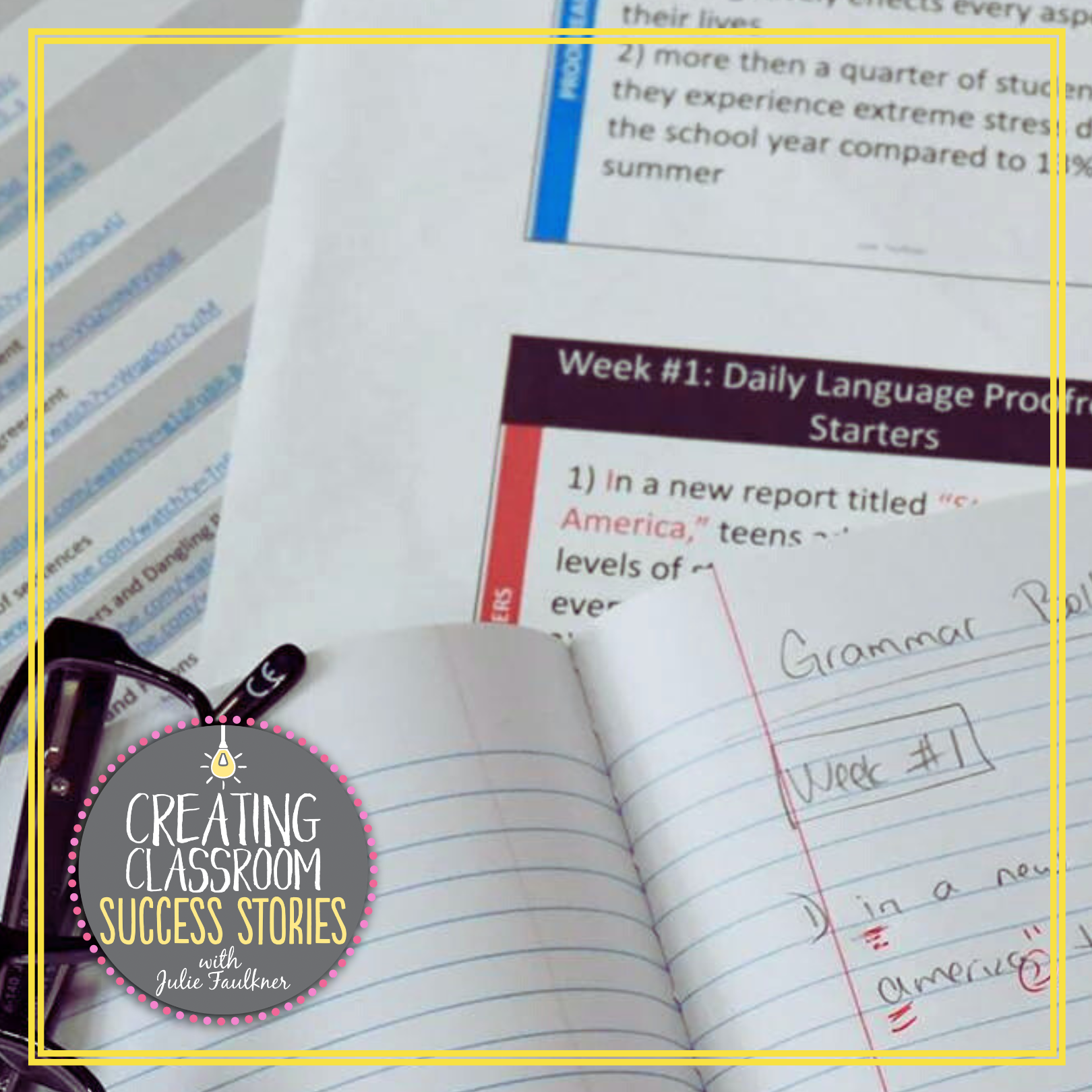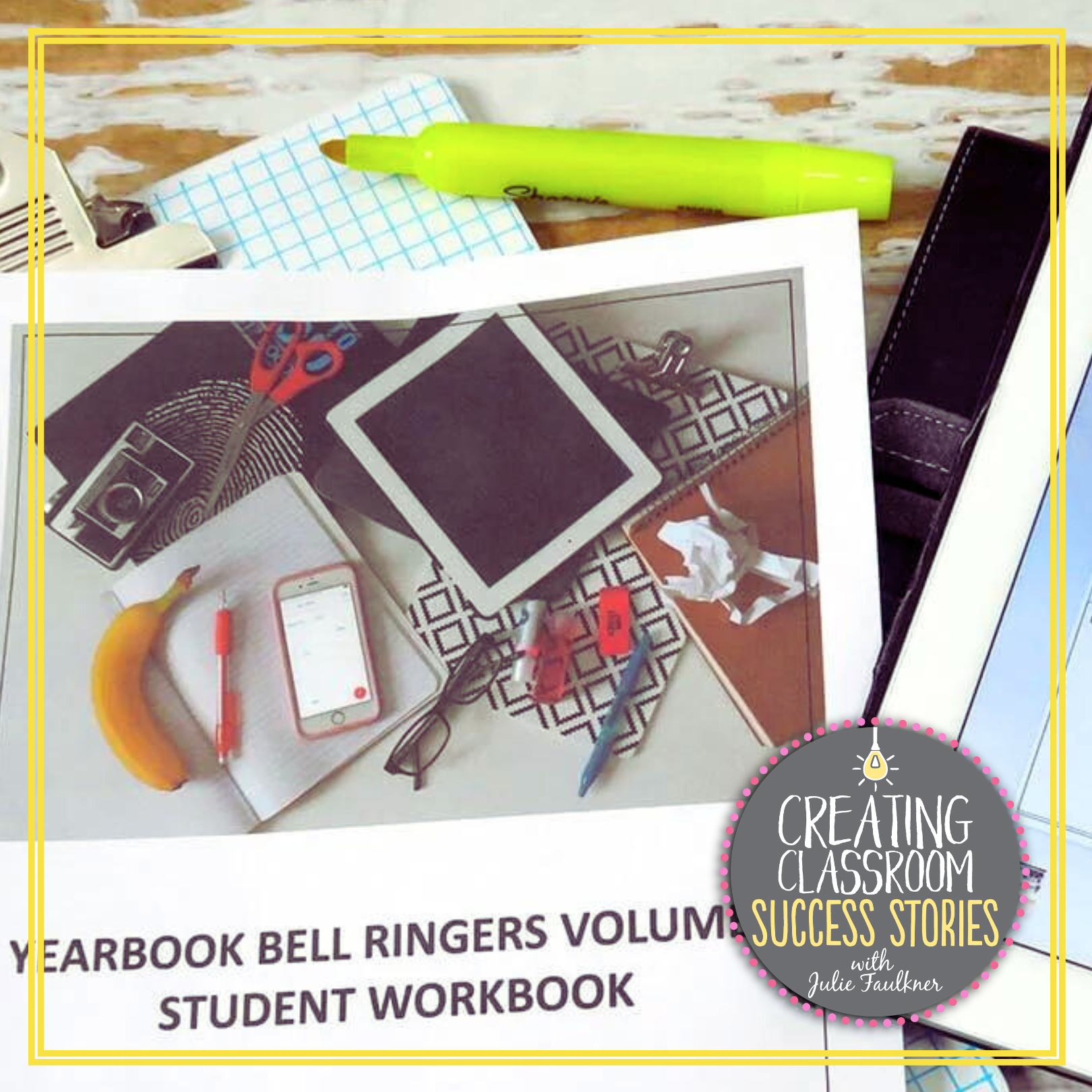Tips for Grading Essays to Save Time
Aaaaah. The grading essays burden of the English teacher. It’s a very real struggle for sure. A little while back I did a series on teaching writing, so I’d like to think of this post as an encore to those ideas. (Get started reading that series here at the first post.) Below I’m sharing five practical tips for managing the load.
Working Those Deadlines
- First is planning time in the writing process to have check points that students submit via Google classroom – or whatever method works for you. Students submit thesis statements, works cited drafts, or even first paragraphs. Then I have a day in class that I “virtual conference” with them. While I’m leaving notes on their drafts, they continue with research typically. They can fix mistakes early and that saves me time later. Plus, I’m already familiar with the essay to a certain degree.
- Offer extra credit to kids who want to turn in the papers early, and then you can grade them as they trickle in. That helps alleviate the pile of material that comes in all at once.
- Last, plan to show a movie or do something hands-off after the due date to carve out a little time in class to grade. I can spend 8-12 mins on a 500-700 word essay, so I have to plan and block that time off to the best of my ability. I usually choose a film of a novel that I won’t have time to cover in class but that I know students would benefit from seeing. Read more about how to make showing movies in class more productive here…. and take a look at my collection of no-prep literary movie guides here.
Scoring Like a Pro
I have a carefully crafted rubric that is specific to the task, so it’s easy and quick to mark and when students get their grades back, they can see the areas of strength and weakness. I use a separate rubric for grammar. This might seem like it takes longer, but I score content, Grammar, and MLA separately. For me, it’s actually faster that way, so I can just focus on one thing at a time. Those rubrics are in my complete writing curriculum.
- Next, I made a codes sheet to make marking quick and easy for the same mistakes or remarks over and over. I have a quick and easy codes sheet that I use for printed essays, but I just created a codes sheet that I loaded into my Google Comment Bank. I added video tutorials so students can click over and receive more thorough and customized instruction. Get those digital and printable fast and focused feedback materials here!
- Last, even though it may not be the “English-teacher” way, I don’t always mark every single error, and if an error is made over and over, I usually just mark it and take off points the first couple of times. That saves time, but also it’s not necessary to “rub it in their face.” In this department, I try to show a little grace. Then in the final note (see what else I say in final notes here), I remark that it’s something to work on for next time.
Setting Essay Requirements
- If you have any control of the word or page requirements, make that work for you. I set word minimums and maximums. Struggling writers need those minimums to meet the requirement, but my excelling or over-achieving students have trouble with the maximum barrier. I hold students accountable at both ends.
Giving Yourself a Break
- Be honest with students about how much time it takes to grade an essay, and don’t promise grades back in a short amount of time.
- Try to space out your grading during the day or over a few days, so your brain doesn’t get tired. When I try to grade straight through a stack of papers, I really start to lose my focus after a while.
- Practice self-care. Really – stay hydrated, and sit in a comfortable position with good lighting. I love to score papers on my front porch early in the morning, or by the big window in my office.
Go Green
- If it works for you, have students submit papers electronically. Sometimes typing comments can be a lot faster than writing them. You can even use apps to leave audio feedback as well.
- I use Google Docs and have students share with me or submit to the classroom. In this format, you can switch to suggesting mode to leave comments along the side of the screen.
- Students get instant feedback.
- I will still have students turn in the hard copy of their rubrics for me to use as a I grade, but you could also use a virtual rubric as well.
Just remember, that not everything works for everyone, but the most important thing at the end of the day is the fact that students do need more than just a number or letter on their essays. That’s certainly part of the package, but in order for student writers to become stronger, they need solid feedback from the pro – that’s you! In that process, though, we can’t overwork ourselves because it takes more time and effort to go that extra mile. This essay-grading burden is unique to the high school English teacher (and that is not to say that no other teacher has stacks of papers to grade). However, most other subjects aren’t assigning 500+ word essays as their unit’s culminating task multiple times a semester. The reality, though, is that teaching students to write well sets them up for a better future, and that is burden worth bearing.
Love this content?
Sign up for my email newsletter with more tips, ideas, success stories, and freebies!





